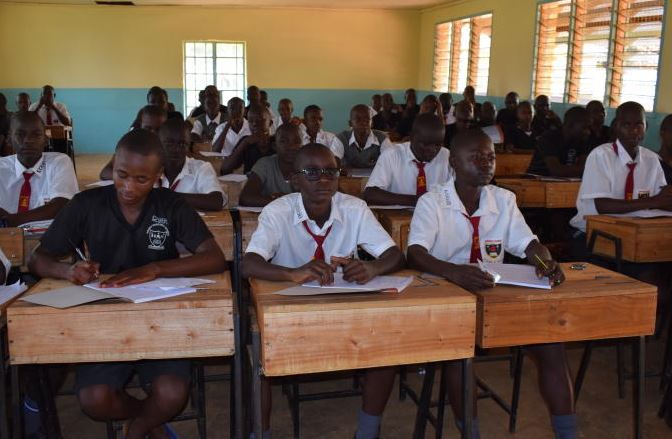×
The Standard e-Paper
Kenya's Bold Newspaper

Students at Agoro Sare High School. [James Omoro, Standard]
It is now official that there will be three national examinations developed, managed, and marked under firm supervision of the Kenya National Examinations Council (Knec).